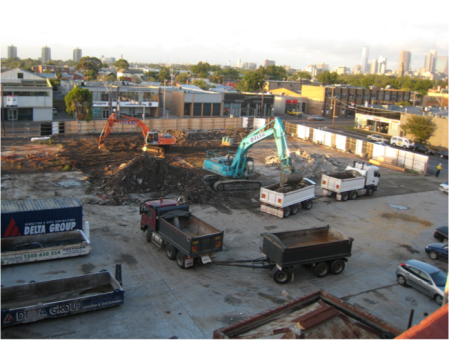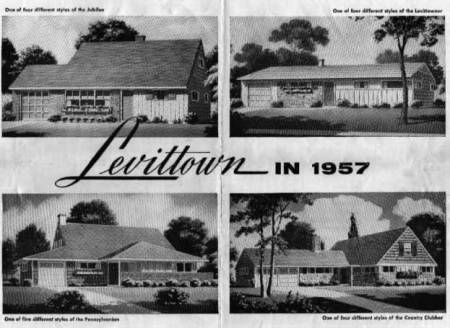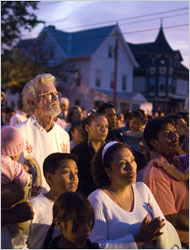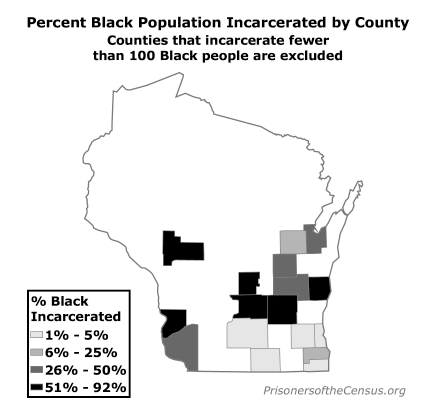Shepard Simpson from our class provides a lucid account of an aspect of gentrification and re-urbanization that we didn’t touch on in lecture. Its not just young professionals who are moving back to the city to take advantage of its new creative enterprises, but also the ‘baby boomers’. As Shepard notes below, many of these ’empty nesters’ like those of her parents generation, are also returning to the city, contributing to its rapid transformation:
The first picture is from the balcony of my parents’ apartment, taken about a year ago when I was home for winter break. My parents live in Melbourne, Australia and had just recently moved from a suburb of Melbourne to a place which is a ten minute walk to downtown (the beauty of being empty nesters). The following picture depicts an office complex that has been built during the past year right next door. These pictures made me think about the process of urbanization we have been discussing in class, and the idea of an “aging population” resulting from the approaching retirement of the baby boomer generation which we discussed in discussion sections during our second round of debates.
The area which my parents moved to used to be the industrial sector made up of strings of warehouses that lined the Yarra River. Over the past few decades, these warehouses have been either torn down and/or renovated into new modern apartment complexes and huge infrastructure projects. More and more people are relocating to the area because of its proximity to downtown and its location on the river. In my opinion this is a prime example of Gentrification and “Re-urbanization”. The picture also made me start thinking about how the restructuring of cities and the outmoded concept of “Levittown” is in large part connected to the “soon to come” retiring group of baby boomers. I think it is going to be interesting to observe over the next couple decades how urban geographies continue to evolve and in turn what affects this will have on suburban life.










